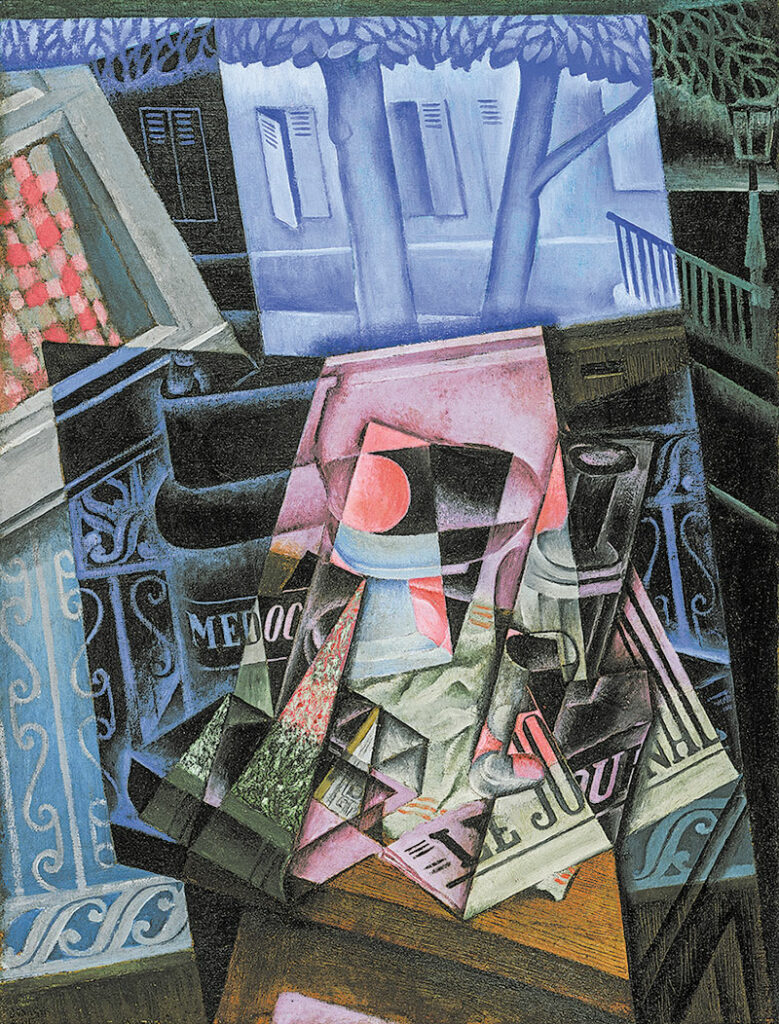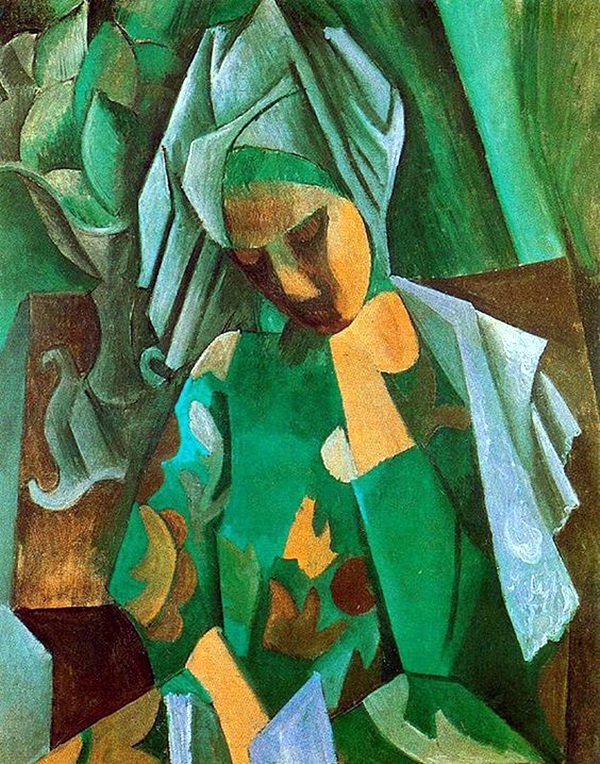

Increasingly, painters claim sculptural means of problem solving for their paintings. In the longer term we could read such developments as the beginning of a process in which sculpture expands, poaching painting's territory and then others, to become steadily more prominent in this century". "If painters used sculpture for their own ends, so sculptors exploited the new freedom too", writes Curtis, "and we should look at what sculptors took from the discourse of painting and why.

Attempts to separate painting and sculpture, even by 1910, are very difficult. Cubist painting is an almost sculptural translation of the external world its associated sculpture translates Cubist painting back into a semi-reality". We are better advised, writes Penelope Curtis, "to look at what is sculptural within Cubism. Writings about individual sculptors within the Cubist movement are commonly found, while writings about Cubist sculpture are premised on painting, offering sculpture nothing more than a supporting role. In the historical analysis of most modern movements such as Cubism there has been a tendency to suggest that sculpture trailed behind painting. The painting might have been influenced by Umberto Boccioni's 1912 Technical Manifesto of Futurist Sculpture (published in Moscow in 1914), in which he suggested "a translation in plaster, bronze, glass, wood, or any other material of those atmospheric planes which bind and intersect things" ( Costakis, 352).Joseph Csaky, 1911-1912, Groupe de femmes (Groupe de trois femmes, Groupe de trois personnages), plaster lost, Exhibited at the 1912 Salon d'Automne and Salon des Indépendants, 1913, Paris In Two Figures (1913-14), Liubov' Popova beautifully demonstrates the artistic possibilities of a Cubist reconstruction and, at the same time, her talent to transcend simple imitation. Some of the most outstanding Cubist works came from the brush of Malevich, Popova, and Udal'tsova. In particular, the Russian Cubists carried even further the abstract potential of the style. As they did with many other movements, the Russians interpreted and transformed Cubism in their own unique way. Russian painters were introduced to Cubism through the works bought and displayed by wealthy patrons like Shchukin and Morozov. Cubism lasted till 1920s and had a profound effect on the art of the avant-garde. The construction requirements brought about the introduction of new textures and new materials (cf. Compositions were still static and centered, but they lost their depth and became almost abstract, although the subject was still visible in synthetic, simplified forms. Color regained its decorative function and was no longer restricted to the naturalistic description of the form. In the center of the painters' attention was now the construction, not the analysis of the represented object - in other words, creation instead of recreation. A new phase in the development of the style, called Synthetic Cubism, began around 1912.

Since color supposedly interfered in purely intellectual perception of the form, the Cubist palette was restricted to a narrow, almost monochromatic scale, dominated by grays and browns. Picasso called this reorganized form the "sum of destructions," that is, the sum of the fragmentations. The result of such a reconstruction was a summation of separate temporal moments on the canvas. An object, seen from various points of view, could be reconstructed using particular separate "views" which overlapped and intersected.

Between 19, the analysis of human forms and still lifes (hence the name - Analytical Cubism) led to the creation of a new stylistic system which allowed the artists to transpose the three-dimensional subjects into the flat images on the surface of the canvas. The early, "pre-Cubist" period (to 1906) is characterized by emphasizing the process of construction, of creating a pictorial rhythm, and converting the represented forms into the essential geometric shapes: the cube, the sphere, the cylinder, and the cone. Cubism (a name suggested by Henri Matisse in 1909) is a non-objective approach to painting developed originally in France by Pablo Picasso and Georges Braque around 1906.


 0 kommentar(er)
0 kommentar(er)
